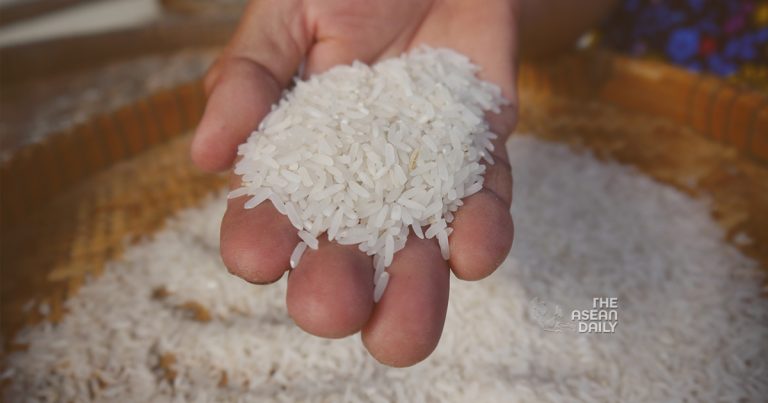14-9-2023 (MANILA) The Philippines has emerged as the world’s largest rice importer, surpassing China, according to a report from the United States Department of Agriculture (USDA). The USDA’s “Grain: World Markets and Trade” report, released on September 12, projected that the Philippines would import 3.8 million metric tons of rice for the marketing year 2023-2024, while China’s projection decreased to 3.5 million MT. The report also noted a global increase in rice prices due to rising demand and decreased production, exacerbated by India’s export ban.
India’s ban, which accounts for approximately 40% of global rice trade, significantly impacted the Philippines, prompting the country to seek additional supplies from Vietnam. Both governments are expected to sign a rice trade agreement in the near future.
Critics, including lawmakers and the farmers’ group Kilusang Magbubukid ng Pilipinas (KMP), have expressed concern about the Philippines’ growing reliance on rice imports. KMP Chairperson Danilo Ramos argued that increased importation exacerbates existing issues in the domestic rice industry and may not guarantee lower rice prices for consumers.
Rice is a staple food in the Philippines, and rising prices have affected households across all income levels. To address the issue, the government imposed a temporary price cap on rice, and the Department of Finance has proposed lower tariffs.
The USDA report pointed out that, despite the current challenges in the rice supply, the situation is not as dire as the 2008 rice crisis. In 2008, the Philippines was the world’s top rice importer, and several countries imposed export restrictions, causing rice prices to skyrocket.
The USDA attributed the relatively stable prices to Vietnam’s continued rice exports and India’s exceptions to its export ban, which allowed for parboiled rice exports and small government-to-government trade.
In anticipation of the potential impact of El Niño, the Philippines’ Department of Agriculture had been considering increasing rice imports through the next year. In August, Agriculture Undersecretary Mercedita Sombilla announced plans to import 500,000 metric tons of rice from November 2023 to January 2024 in case El Niño led to dry spells, which could affect food production and security in the country.
Furthermore, rice prices are expected to decline as the wet season palay harvest begins.




